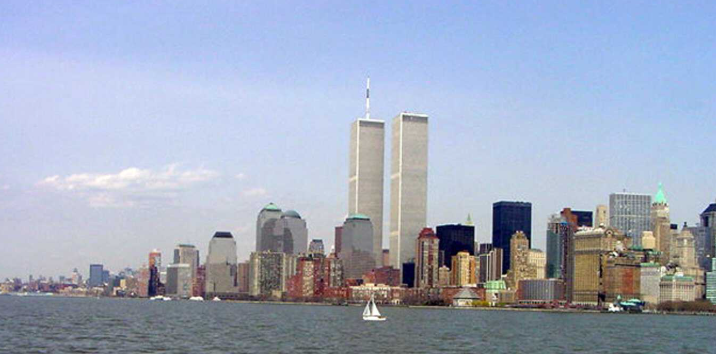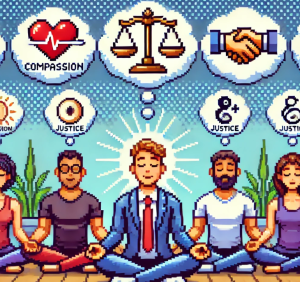
America’s Public Health System Isn’t Ready for the Next Disaster
“Are we ready for the next big one?” That question has haunted U.S. public health for two decades. After 9/11, billions of dollars flowed into strengthening emergency response, building laboratories, and stockpiling medicines. And yet, when COVID-19 hit in 2020, the cracks showed: overwhelmed hospitals, broken supply chains, and communities left behind.
The irony is painful. We invested heavily after 9/11 and anthrax. But twenty years later, despite progress, our public health preparedness is still fragile
Lessons from 9/11 to COVID-19
Back in 2001, public health preparedness was barely a concept. The CDC’s bioterrorism program was funded at just $40 million a year. After the terrorist attacks, Congress poured nearly $1 billion into the system, creating new centers, stockpiles, and capabilities. State and local agencies were trained in the Incident Command System, learning to work alongside police, firefighters, and FEMA.
It was a revolution in how health departments thought about emergencies. No longer just disease detectives, they became frontline responders.
But here’s the catch: funding followed a “boom-and-bust” cycle. Money surged after a crisis, then dried up as memories faded. By the time COVID-19 arrived, much of the infrastructure built after 9/11 had withered. The result? A fragile system stretched past its limits.
COVID-19’s Harsh Reminder
COVID-19 was a stress test we barely passed. Even with tireless public health workers, the response was hampered by:
- Disconnected data systems that slowed case tracking.
- An underprepared supply chain that left nurses reusing masks.
- Inadequate surge capacity for contact tracing and investigations.
- Gaps in equity, as marginalized communities bore the heaviest burden.
The pandemic made one truth unavoidable: emergencies magnify inequities. Communities of color, low-income families, and disabled Americans suffered disproportionately—not just from the virus, but from the uneven system meant to protect them.
The $51 Billion Question
COVID-19 did bring unprecedented resources. More than $51 billion flowed to state and territorial health agencies for lab upgrades, workforce expansion, and data modernization. These funds could mark a turning point—if we sustain them.
Think of it this way: imagine building a fire station only when the flames are already spreading. That’s been our pattern. Instead, preparedness must be a permanent foundation, not an emergency add-on.
Beyond “Bouncing Back”: Toward Resilience
Disasters don’t just destroy—they reshape. The question is whether communities return weaker or stronger. The authors of the AJPH editorial argue we should focus less on “bouncing back” and more on “bouncing forward.”
A powerful example comes from Rhode Island’s Health Equity Zones, where local residents lead efforts to reduce vulnerability and build healthier, more resilient neighborhoods. This model shows what’s possible when equity is embedded in preparedness.
Resilience is not just about stockpiles and labs. It’s about trust, equity, and community power. Without these, even the best technology falls short.
What’s Next for Public Health Preparedness?
Looking forward, the challenge is clear. We can’t predict every emergency—whether it’s a new virus, a hurricane, or a cyberattack—but we can build systems flexible enough to respond. The next 20 years should focus on:
- Sustained funding that doesn’t vanish when headlines fade.
- Data modernization to give real-time visibility across states.
- Equity-driven recovery that strengthens communities most at risk.
- Local empowerment, with communities guiding their own resilience.
Total preparedness may be an impossible goal. But better preparedness is within reach, and it starts with breaking the boom-and-bust cycle.
Join the Conversation
What do you think?
- How can we ensure preparedness funding doesn’t dry up after each crisis?
- What role should communities themselves play in shaping resilience?
- Does focusing on equity make us stronger against disasters—or just fairer?
Twenty-four years after 9/11, the answer to the question “Are we ready?” remains mixed. But if we act now, the next twenty years can tell a different story.



